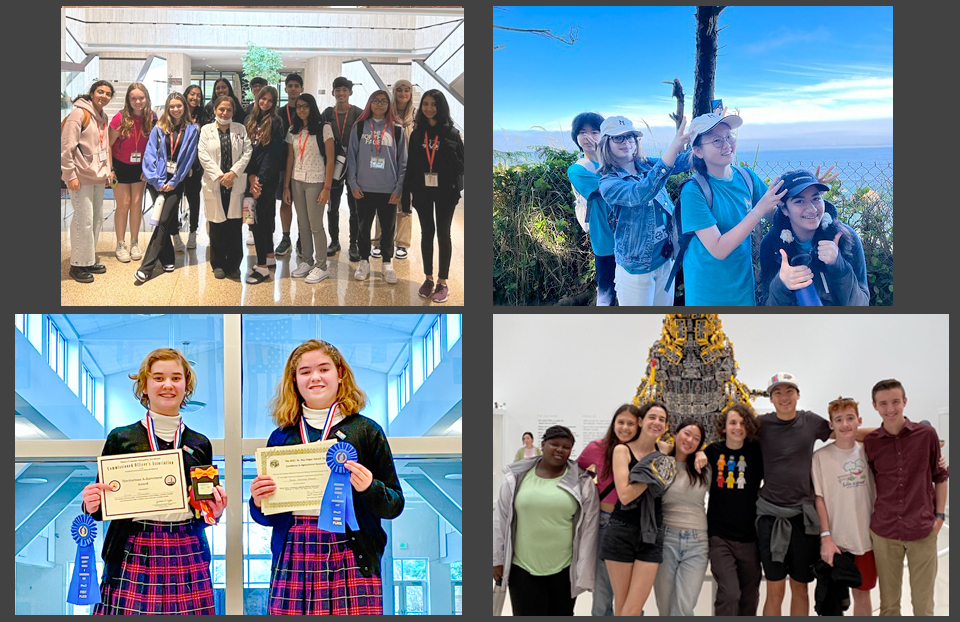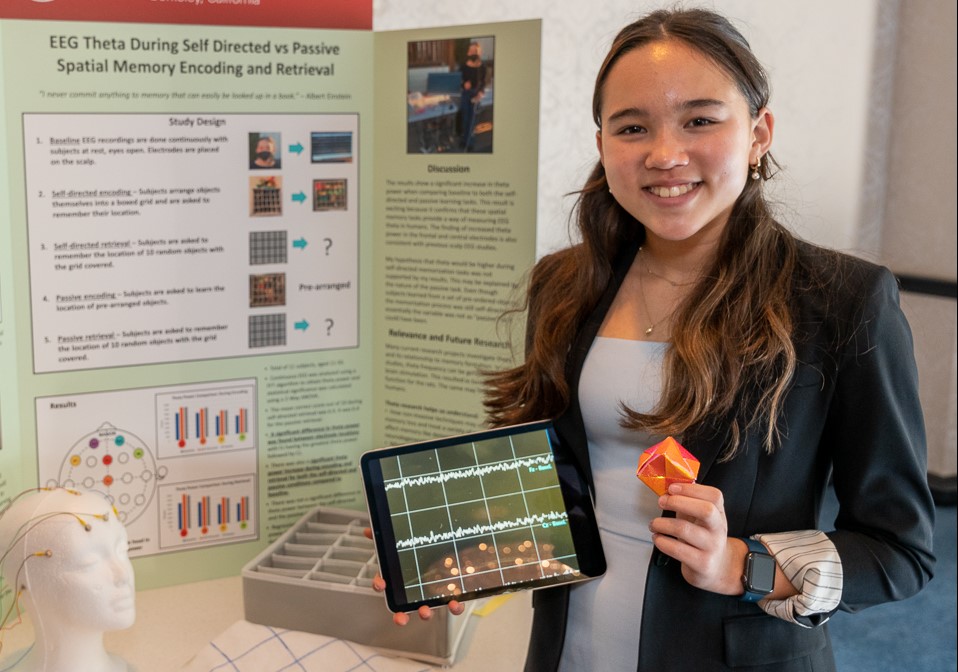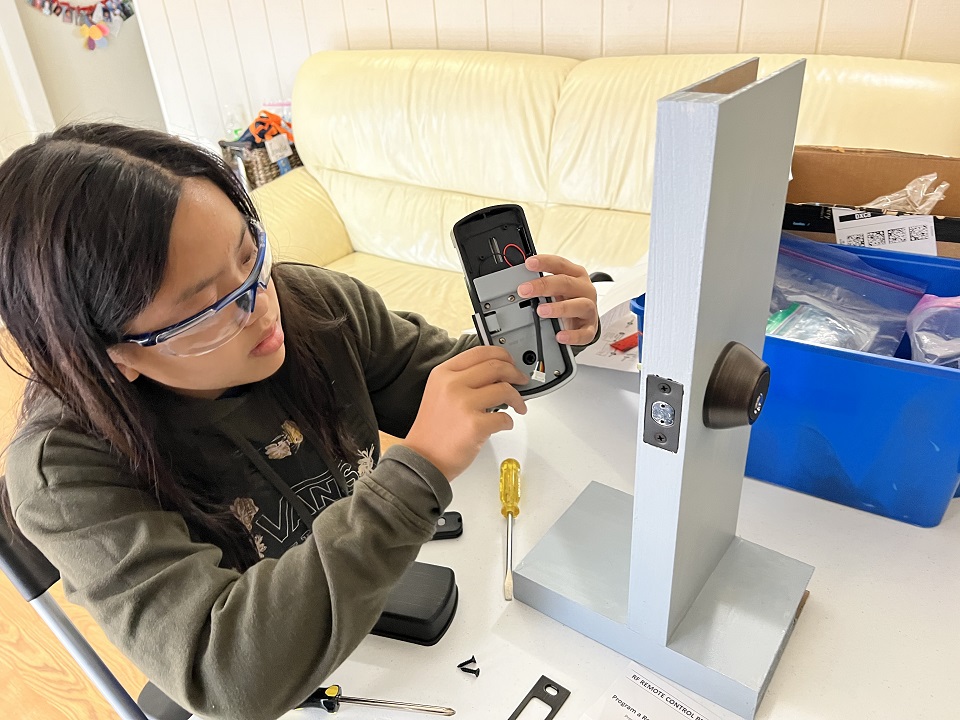Top middle school scientists showcase their research in the nation’s capital
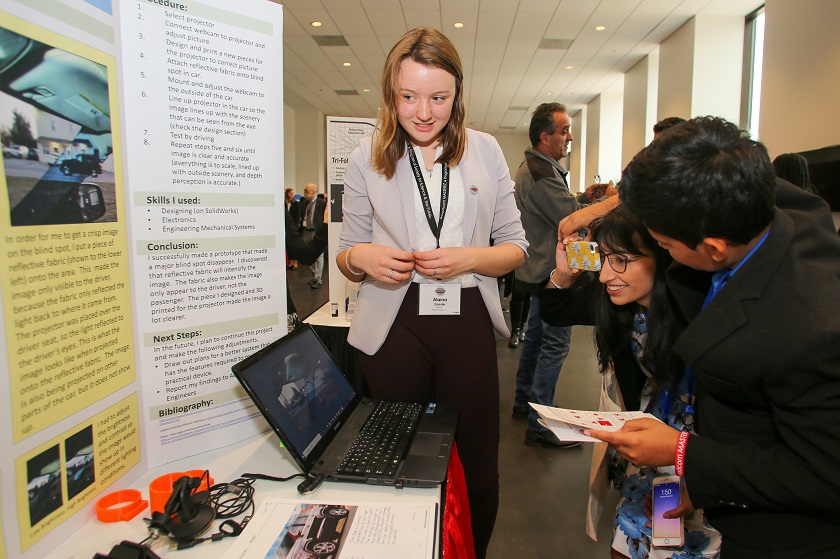
As recent news has clearly shown, our youth are poised to solve the globe’s most pressing challenges. The Broadcom MASTERS 2019 finalists are among the future scientists and engineers who will make an impact. These middle school students are flexing their potential with science projects spanning a variety of scientific fields, many aimed at addressing issues in the world. This year, they showcased their research to members of the public at the University of the District of Columbia Student Center. Read on to learn more about the innovative pursuits that named them as the top 30 finalists in this year’s competition.
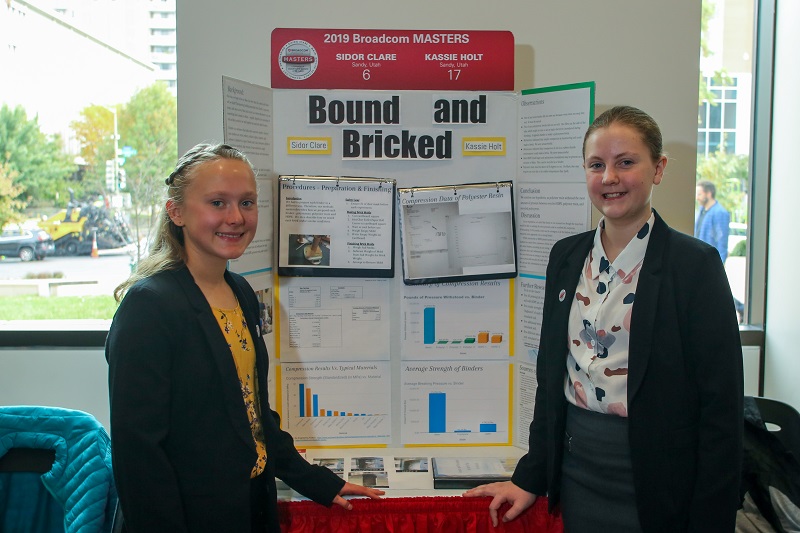
Building on Mars
Sidor Clare, 14, and her partner, Kassie Holt, 13, from Sandy, Utah mused about humans living on Mars. They set out to make bricks from the regolith covering the Red Planet, rocky material layering the bedrock there. “It takes nine months to ship materials to Mars and $10,000 to get just one pound into orbit,” explained Sidor. “Astronauts need a reliable way to have the materials they need because it can be the difference between success or failure for a mission,” added Kassie. In their research conducted at a local community college lab, the girls used a soil mix known as Mars Global Simulant MGS-1 to build bricks that would closely resemble the actual soil that would be available Mars. Then they tested ingredients that would work best for binding that material. They found that polyester resin was not only the strongest binder out of all the ones tested, but that it was even stronger than concrete!
Sidor noted that, “it was really nice to be able to divvy up the work.” Kassie added, “We’re best friends, so if we were having a bad day, we could pick each other up.” Although this was a team project, the girls will be judged individually during the rest of competition week on their performance in several challenges that assess their mastery of critical thinking, communication, creativity and collaboration skills in each of the STEM areas.
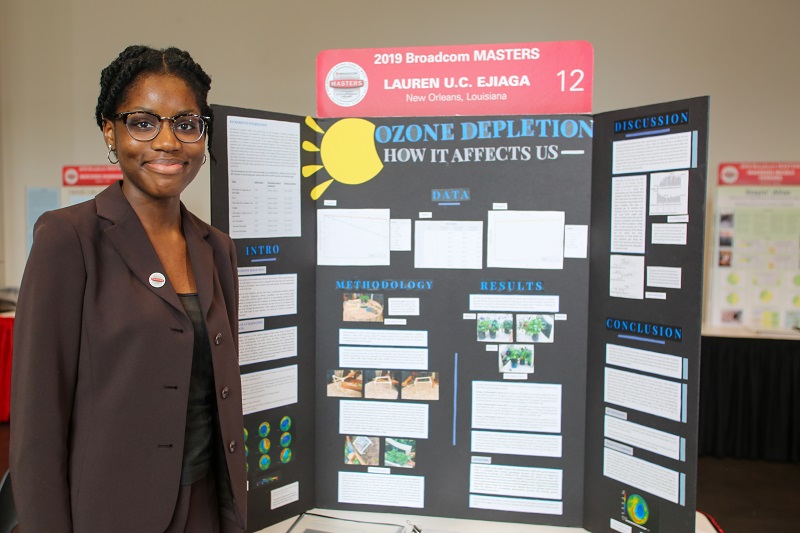
Protecting the ozone layer
Lauren Ejiaga, 14, from New Orleans, Louisiana is concerned about ozone depletion. “Climate change affects us in real ways and the deterioration of the ozone layer is just one of them,” she explained. The Earth’s ozone layer screens out some of the sun’s harmful radiation, but due to human use of certain chemicals, it has been thinning and letting more harmful ultraviolet radiation through. Lauren’s research focused on how current levels of ultraviolet light from the sun impacts plant growth and performance. She found that plants exposed to ultraviolet B but not ultraviolet A radiation lost about 61 percent of their chlorophyll.
Looking ahead, Lauren is interested in continuing her research in environmental science. “I also want to study things like marine ecosystems and saltwater intrusion,” Lauren said.
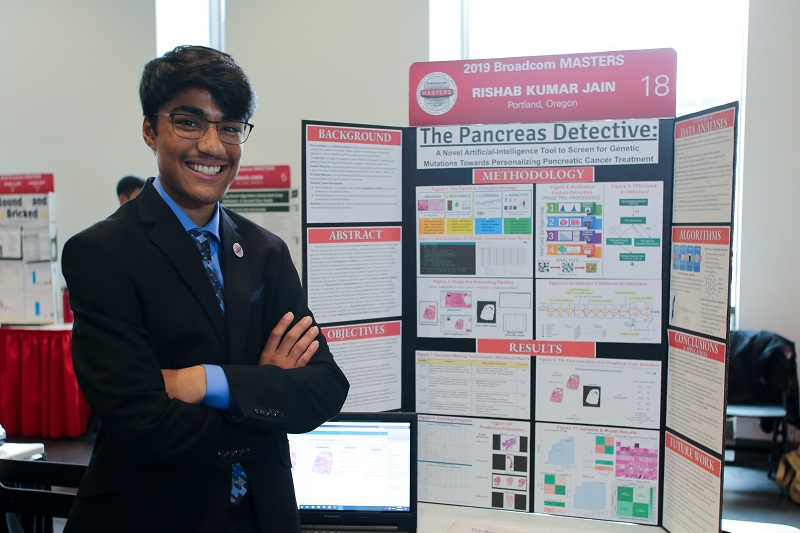
Improving treatment for pancreatic cancer
Rishab Jain, 14, from Portland, Oregon was inspired to design an artificial intelligence tool for DNA sequencing after experiencing the death of family friends who passed away from cancer. His invention, called “The Pancreas Detective,” works with images of tissue samples from pancreatic cancer patients and uses data from the images to determine which of five types of key genetic mutations he analyzed are linked to the cancer a patient probably has. To build his tool, Rishab downloaded biopsy images of tissues for 453 cancer patients and then wrote an algorithm to pick out hundreds of features from those images. He hopes doctors might someday use his tool to personalize treatments and combat cancer.
“I think using artificial intelligence in medicine is really revolutionary; it has a lot of applications,” expressed Rishab. “It enhances both the research and clinical aspects of treating patients.” For his future career plans, Rishab is interested in continuing his interdisciplinary work, possibly pursuing biomedical engineering or an MD-PhD dual degree.
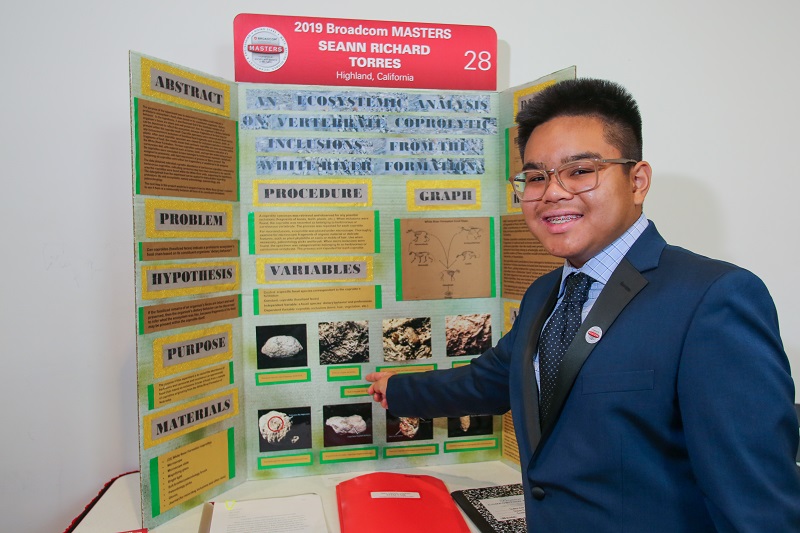
Learning from our past
Seann Torres, 15, from Highland, California is an avid fossil collector. His project involved hands-on work with coprolites, or fossilized feces from animals that lives millions of years ago. Working with 25 specimens at the White River Formation in Nebraska, he examined each for fragments of bones, teeth, plants or other material that could give him clues about the food chain of vertebrates that lived at that site millions of years ago. “Through this research area, we can learn more about our Earth’s past and develop a better understanding of what the climate was like,” Seann said.
Based on his research, he thinks animals known as Hyaenodonts and Archaeotherium were at the top of the prehistoric food chain. They preyed on Oreodonts, extinct hog-like animals related to modern-day camels. Seann believes his approach could assist with studies of other geologic areas and eras. Reflecting on all his fossil hunting adventures, Seann’s favorite fossil is a five-inch Megalodon tooth that he came across in North Carolina.
The Broadcom MASTERS 2019 finalists covered a wide variety of subjects with their research projects. Our future is bright with these young scientists at the helm! Stay tuned as the winners of this year’s competition will be announced at the Sidney Harman Hall on October 29.
